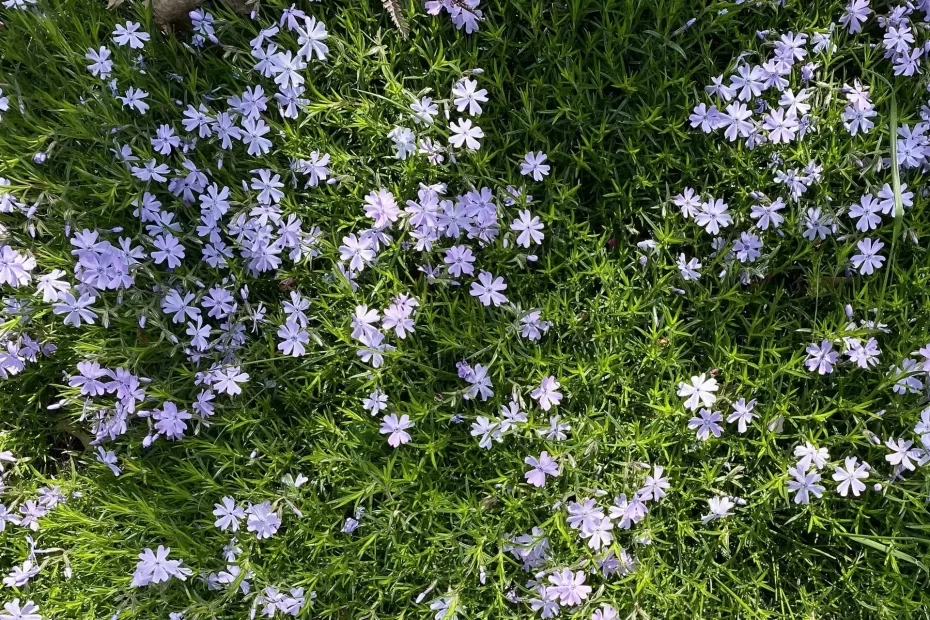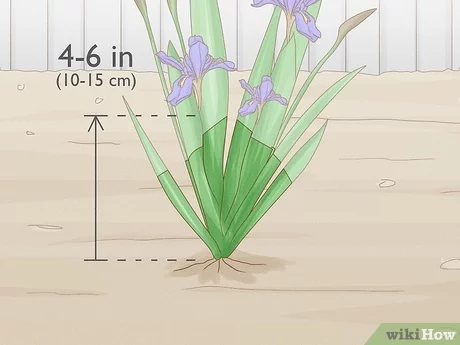Growing Tulips: Tips for Beautiful Blooms
Growing Tulips: Tips for Beautiful Blooms
Tulips are a beautiful and easy-to-grow flower that can add a pop of color to any garden. With a little care, you can enjoy tulips in your home for years to come.
Here are a few tips for growing beautiful tulips:
* Choose a sunny spot with well-drained soil.
* Plant tulip bulbs in the fall, about 6 inches deep.
* Water tulips regularly, especially during dry spells.
* Fertilize tulips in the spring with a balanced fertilizer.
* Deadhead tulips after they bloom to encourage more blooms next year.
With a little care, you can enjoy tulips in your garden for years to come.














